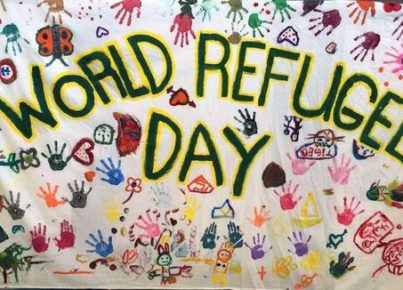In today’s digital age, it can be easy to forget the charm and excitement that comes with receiving a handwritten postcard. A classroom postcard exchange is an engaging way to bring geography, cultural exchange, and friendly correspondence into your students’ lives. Here are five simple steps to help you start a classroom postcard exchange.
1. Set Your Goal and Timeline
Before initiating the postcard exchange, determine your overall goal and timeline. Are you looking for a one-time project or an ongoing collaboration? What do you want students to gain from the experience? Setting clear objectives will ensure the postcard exchange enriches your curriculum and fits seamlessly with your lesson plans.
2. Find Exchange Partners
The next step is finding partner classrooms that are interested in participating in the exchange. Reach out to fellow educators through social media groups, teachers’ networks, or school-district resources to locate potential partner schools both nationally and abroad. Another helpful resource is websites that facilitate classroom exchanges, such as ePals or Postcrossing.
3. Plan the Exchange Process
Once you’ve identified partner classrooms, collaborate with their teachers to determine the exchange process’s details. Discuss factors such as which students will be corresponding with one another, how frequently postcards should be exchanged, and any specific topics or themes you want to cover in your students’ messages.
4. Prepare Your Students
Preparing your students for this unique correspondence opportunity is essential for a successful postcard exchange. Teach them about letter writing etiquette: how to address their postcards correctly and craft thoughtful messages. Encourage them to research their partner school’s location, discuss local customs and traditions, and find out some interesting facts about the area.
5. Organize the Postcards and Monitor Progress
Lastly, create a system for organizing incoming and outgoing postcards. Designate a specific place in the classroom where each child can post their received cards. This will be a visual representation of the exchange and set the tone for future conversations.
As the postcards are exchanged, monitor your students’ progress to ensure they remain engaged and motivated. Reflect on learning outcomes with them and assess whether your predefined goals are being met.
In conclusion, a classroom postcard exchange is an excellent way to inspire cross-cultural communication, develop writing skills, and broaden students’ horizons. By following these five straightforward steps, you’ll effortlessly incorporate this interactive learning experience into your classroom.


